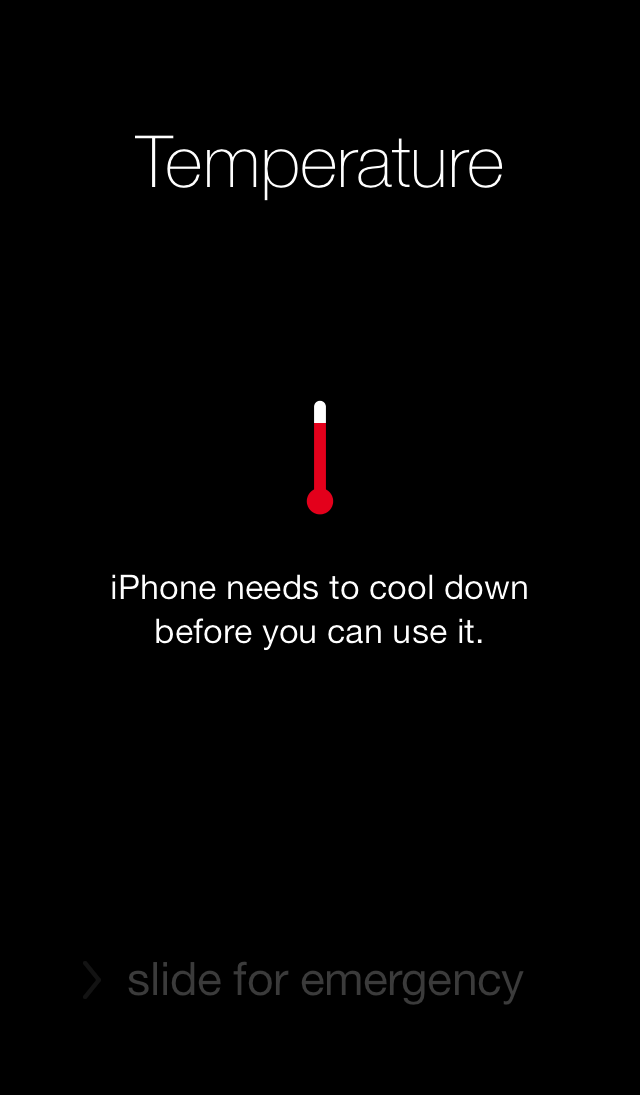ChrisPanzer
Active Member
I was wondering this, as each day perhaps once or twice my SP3 will heat up significantly, nearly to the point where I can not rest my hand on it's rear (lol) for any length of time. Does anyone know if this does any long-term type damage? Or has this been figured into the design of the thing? Should we be concerned when it heats up, or is this a normal sort of day-to-day operational normalcy for it?
One would think if anything got that hot, it couldn't be good for it, (on some level).
Thanks!
One would think if anything got that hot, it couldn't be good for it, (on some level).
Thanks!

